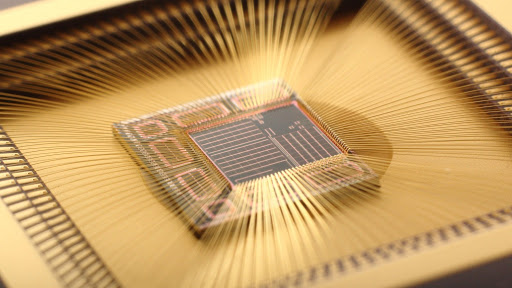Posts Tagged ‘recover ic program’
 Recover IC ATmega162PA Binary
Recover IC ATmega162PA Binary
Recover IC ATmega162PA Binary from locked memory which include flash and eeprom, extract the code from mcu atmega162pa and copy heximal to new microcontroller atmega162pa;
The USART has to be initialized before any communication can take place. The initialization process normally consists of setting the baud rate, setting frame format and enabling the Transmitter or the Receiver depending on the usage.

For interrupt driven USART operation, the Global Interrupt Flag should be cleared (and interrupts globally disabled) when doing the initialization if Reverse mcu atmega461pv IC binary.
Before doing a re-initialization with changed baud rate or frame format, be sure that there are no ongoing transmissions during the period the registers are changed. The TXCn Flag can be used to check that the Transmitter has completed all transfers, an the RXC Flag can be used to check that there are no unread data in the receive buffer.
Note that the TXCn Flag must be cleared before each transmission (before UDRn is written) if it is used for this purpose. The following simple USART initialization binary examples show one assembly and one C function that are equal in functionality.
The examples assume asynchronous operation using polling (no interrupts enabled) and a fixed frame format. The baud rate is given as a function parameter. For the assembly binary, the baud rate parameter is assumed to be stored in the r17:r16 Registers after Reverse microcontroller atmega8p archive.
More advanced initialization routines can be made that include frame format as parameters, disable interrupts and so on. However, many applications use a fixed setting of the baud and control registers, and for these types of applications the initialization binary can be placed directly in the main routine, or be combined with initialization binary for other I/O modules.
The USART Transmitter is enabled by setting the Transmit Enable (TXEN) bit in the UCSRnB Register. When the Transmitter is enabled, the normal port operation of the TxDn pin is overridden by the USART and given the function as the Transmitter’s serial output.
The baud rate, mode of operation and frame format must be set up once before doing any transmissions. If synchronous operation is used, the clock on the XCKn pin will be overridden and used as transmission clock.
 Recover IC ATMEGA8V Firmware
Recover IC ATMEGA8V Firmware
We can Recover IC ATMEGA8V Firmware, please view the IC ATMEGA8V features for your reference:
On the IC ATMEGA8V devices, the DRT runs any time the device is powered up. The DRT operates on an internal oscillator. The processor is kept in Reset as long as the DRT is active when Recover IC firmware.
The DRT delay allows VDD to rise above VDD min. and for the oscillator to stabilize. The on-chip DRT keeps the devices in a Reset condition for approximately 18 ms after MCLR has reached a logic high (VIH MCLR) level if Recover IC firmware.
Programming GP3/MCLR/VPP as MCLR and using an external RC network connected to the MCLR input is not required in most cases. This allows savings in cost-sensitive and/or space restricted applications, as well as allowing the use of the GP3/MCLR/VPP pin as a general purpose input before Recover IC firmware.
The Device Reset Time delays will vary from chip-to- chip due to VDD, temperature and process variation. See AC parameters for details. Reset sources are POR, MCLR, WDT time-out and wake-up on pin change after Recover IC firmware.
See Section 9.9.2 “Wake-up from Sleep”, Notes 1, 2 and 3.
The WDT has a nominal time-out period of 18 ms, (with no prescaler). If a longer time-out period is desired, a prescaler with a division ratio of up to 1:128 can be assigned to the WDT (under software control) by writing to the OPTION register when Recover IC firmware.
Thus, a time-out period of a nominal 2.3 seconds can be realized. These periods vary with temperature, VDD and part-to-part process variations (see DC specs). Under worst-case conditions (VDD = Min., Temperature = Max., max. WDT prescaler), it may take several seconds before a WDT time-out occurs before Recover IC firmware.
9.6.2 WDT PROGRAMMING CONSIDERATIONS
The CLRWDT instruction clears the WDT and the postscaler, if assigned to the WDT, and prevents it from timing out and generating a device Reset after Recover IC firmware.
The SLEEP instruction resets the WDT and the postscaler, if assigned to the WDT. This gives the maximum Sleep time before a WDT wake-up Reset when Recover IC firmware.